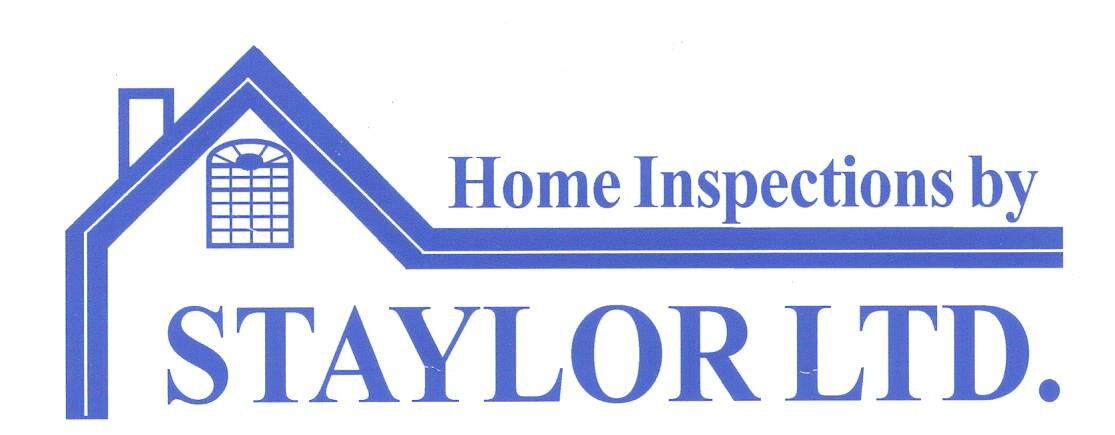Services
Our Home Inspection Services:
We use sophisticated instruments to evaluate many of the structural, electrical and mechanical systems of the inspected home.
Particular attention is paid to electrical flaws, moisture in the walls and ceilings. Safety related items, including gas leaks, carbon monoxide and hazardous substances are covered in the report also.
A separate New York State certified termite inspection is always provided along with the home inspection.
Some areas and components of the home that we evaluate as part of our home inspection services are as follows:
Grading
The soil and grading of the property should be such that water run-off is always directed away from the foundation. Proper grading will lessen the moisture penetration into the foundation and basement and reduce dampness.
Utility Power Lines
Electromagnetic fields are virtually everywhere and are created by electricity. Fields emanating from the utility main power lines have been the source of health concerns in recent years. We will measure field strength when applicable.
Roofing
The roof is the umbrella of the house. Its function is to keep rain from the home interior. Roof cover materials can be asphalt, wood, slate, clay, metal or composites. Asphalt type shingles, the most common, come in a variety of colors and patterns, require virtually no maintenance and last for up to 25 years. The building code allows two layers of roofing material to be present so that one can install new shingles over an existing single layered roof. If there are two layers of roofing material present then they must be removed prior to installation of the new shingles. Flat roofs or roofs with very little pitch cannot use shingles and require a roll or rubber membrane type covering. As with walls and siding, tree limbs and branches should not contact roof surfaces. In some cases, stains, discoloration, moss and or mold might be present and should be removed to avoid damage to the to the shingles.
Leaders and Gutters
A properly installed and functioning gutter and leader system diverts water away from the foundation and basement and consequently helps to reduce moisture penetration and dampness.
Asphalt Driveways
Edging, whether cobblestone, brick or treated wood, will help to prevent the movement and cracking away of the driveway edge. If no edging is present, consideration should be given to its installation.
Basement and Crawlspace
Crawl spaces need venting so that air movement can remove moisture that is generated by the soil. Moisture accumulation in an unvented crawl space can cause damage to and promote mold growth on flooring, joists and other support structures.
Available Voltage
Low voltage conditions can stress and ultimately damage appliances and electronics. We measure the voltage.
Oil Tanks
A buried steel oil tank will rust and eventually leak. It is recommended that older tanks be properly abandoned (filled with sand or foam) and a new tank installed above ground or inside.
Hot Water
Faucet water temperature should be no higher than 125° F. Temperatures above this can cause injury, especially to children. We measure the water temperature.
Windows
Double insulated and low emissivity coated window designs help reduce heat loss. The double insulated window has 2 panels of glass separated by a space that is filled with an inert gas like argon. The low emissivity coated window has a thin metallic film on the inner side of the glass. Many of the newer windows have both of these features.
Skylights
Condensation frequently occurs on skylights in the winter months. Over time this can cause staining and water damage to the surrounding areas. One way to prevent this is to provide for and install a plexiglass or thin plastic film barrier over the skylight opening in the ceiling. This plastic film has been used for years as a window insulator and is readily available at home centers.
Electrical
GFI's (Ground Fault Interrupters) or GFCI's (Ground Fault Circuit Interrupters) are most commonly installed in place of the standard duplex electrical outlets. GFI's look like standard outlets with push buttons. A GFCI helps reduce the risk of electrical shock and electrocution. They are generally installed in areas where the potential exists for water to be present. Areas of the home that should be GFI protected are bathrooms, the kitchen, the laundry area, the garage, all exterior outlets and swimming pools. Most homes built before 1978 do not contain GFI's. They became mandatory in new construction after 1978. GFI type outlets are also an acceptable replacement for ungrounded, 2 prong, outlets.
Carbon Monoxide Levels
Carbon monoxide is a tasteless and odorless toxic gas. Its presence cannot be detected without instruments. In the home it is produced by the combustion of heating oil, gas or wood. In a properly functioning system this gas is expelled out of the house through the flue stack and chimney. If the system is not functioning properly, this gas can leak into the home. Elevated levels of carbon monoxide can cause headaches and nausea and in extreme cases unconsciousness and even death. We measure carbon monoxide levels in the home.
Located in Long Island, New York, we service all of Nassau and Suffolk County, and guarantee your inspection report within 24 hours. CLICK HERE for a complete list of towns we service.
Call 631-682-9469 or email today to schedule an appointment or ask any of your home inspection questions.
